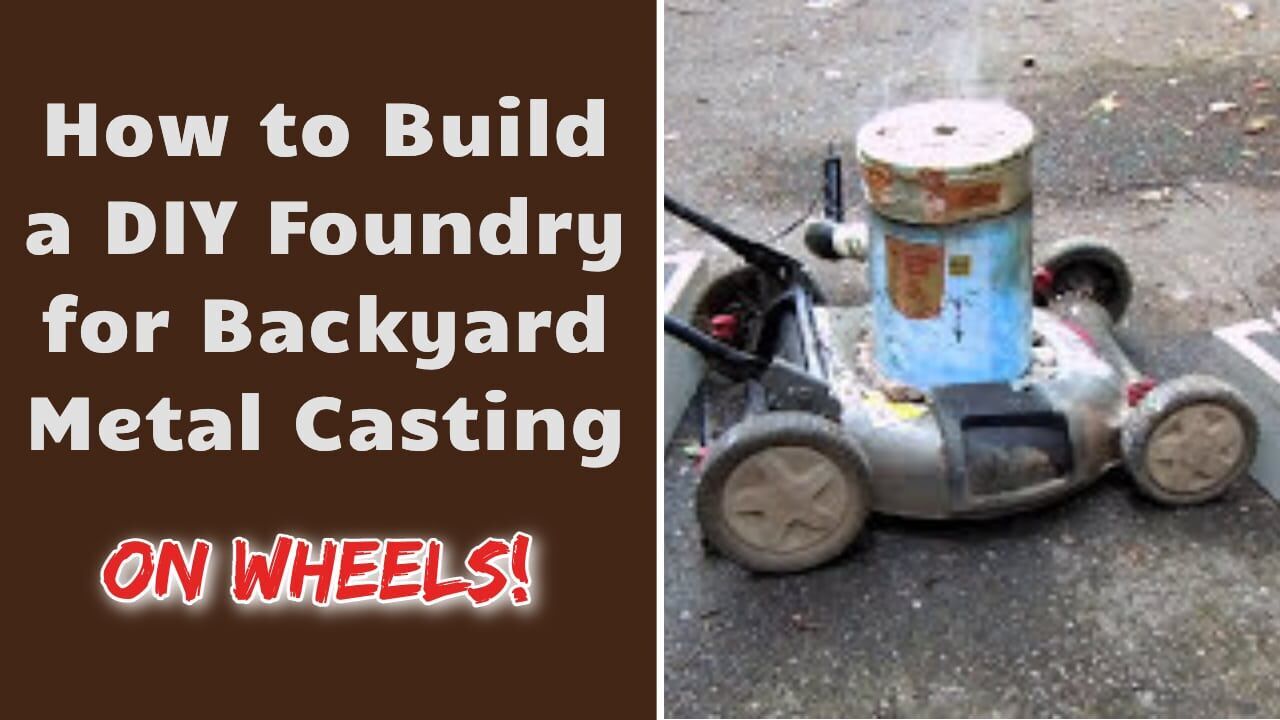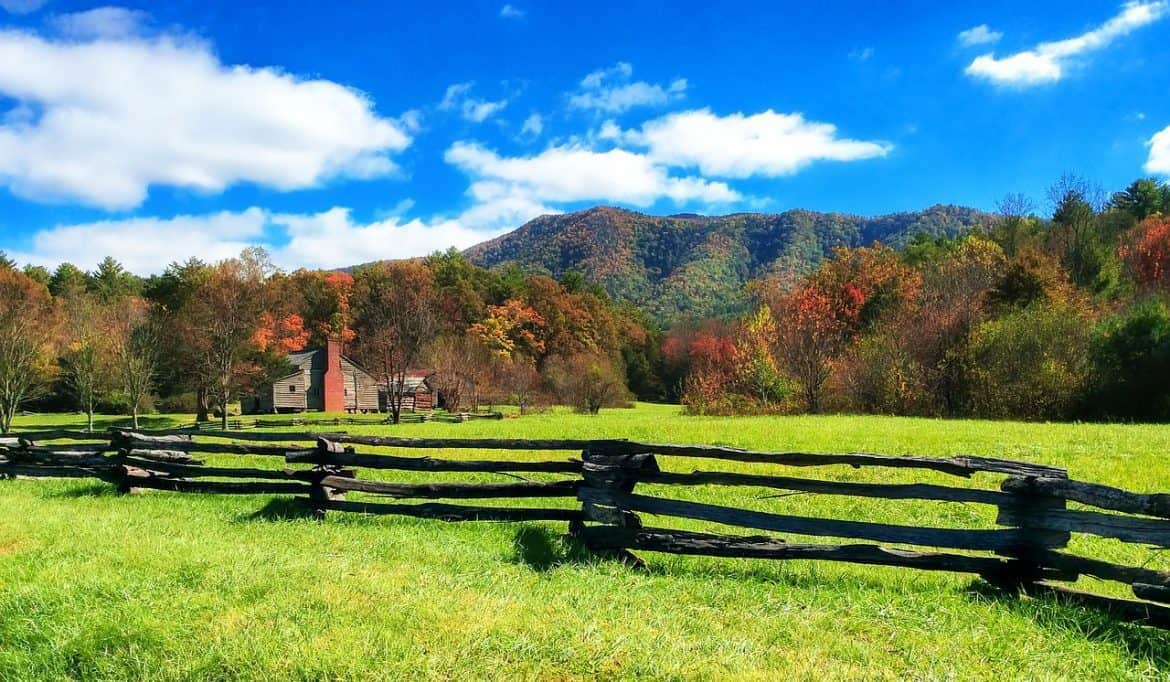I like dehydrating food, sometimes because it makes food storage easier, and sometimes (like in the cases of apples or meat) I like eating dehydrated food. The devils of food storage are: Heat Light Oxygen Moisture. Dehydrating helps increase shelf life because many organisms (like Botulism) cannot thrive in dry spaces. If you vacuum […]
Month: July 2011
Ready Made Resources Homestead Visit
As you might have guessed, I like to combine things and get more than one use out of anything. So when I was out in the Smoky Mountains for a recent training class I decided to stop by at Ready Made Resources and see their store. I have no commercial connection with them, but I […]
90 amp Harbor Freight Welder Review
This review may be a little controversial – it all depends on if a professional welder reads it… I want to learn to weld, it’s on my “hope I never kick the bucket” list. You know skills I wish I had, but if I had them all I would be 176 years old simply […]





